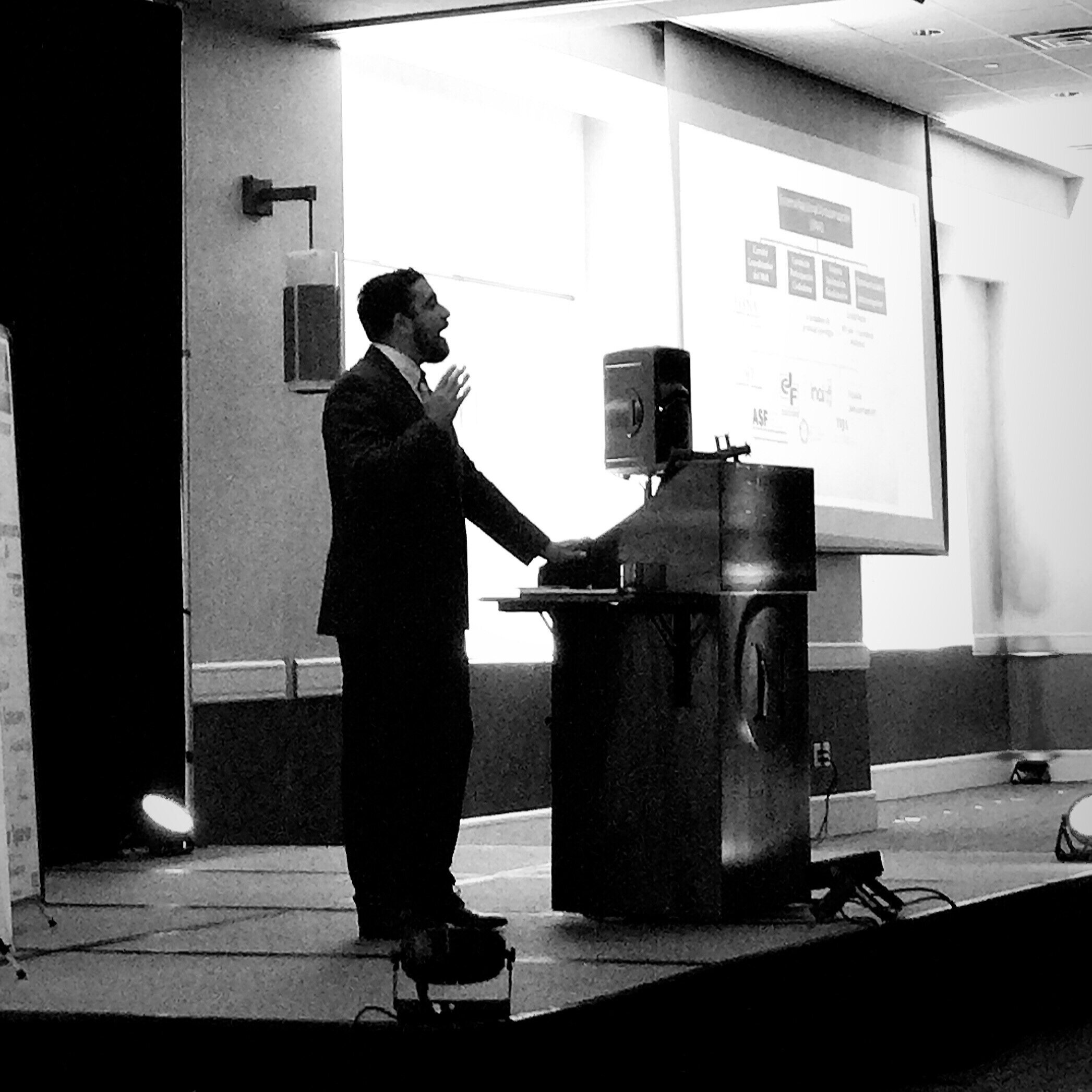What Fraud Examiners Should Know About the Anti-Corruption Landscape in Mexico
/Here’s the scenario. Your company in the U.S. has the opportunity to purchase a company in Mexico, and there are three key factors that you are weighing in the decision to buy or not buy:
The company has a dispute with the local mining labor union.
The company is in a challenging geographical area, and military and police protection are required at the facility.
The company is a very profitable business and production is very effective. Their product has a premium price.
At the 2019 Houston ACFE Fraud Conference, Fernando Cevallos, CFE, asked all of the attendees, “How many of you would buy this company?”
Before presenting this scenario during their session, “Investigations in U.S. and Mexico,” Cevallos and his co-presenter Javier López de Obeso explained the current anti-corruption environment in Mexico and what fraud examiners should know in order to conduct effective investigations while also avoiding putting themselves in dangerous, potentially life-threatening situations.
First, they reviewed the National Anti-Corruption System (NAS) that was implemented in Mexico in 2015. The NAS was created to stand alongside internationally recognized anti-corruption frameworks like the Foreign Corrupt Practices Act (FCPA) or the U.K.’s Bribery Act. As Lopez de Obeso explained some of the key pieces of the new legislation, attendees were audibly shocked by how progressive the regulations were.
For example, when he shared that the statute of limitations for NAS investigations in the private sector is seven years, a man in the crowd exclaimed, “It’s only two in Texas!” And then a woman sitting nearby said, “Sometimes it takes two years to even find the fraud!” López de Obeso chuckled at their impressed disbelief. “The legal framework in Mexico is good,” he agreed. “But we lack enforcement.”
Cevallos and López de Obeso both pointed out that the federal government in Mexico is fully supportive of the NAS. However, the challenging part is getting the state and municipal levels to adopt it as well. The new system was introduced in 2015, but as of 2017, only 5% of government employees had received any kind of training.
Along with their explanation of Mexico’s NAS, the presenters also shared many on-the-ground stories that illustrated the type of resistance fraud examiners could encounter after acquiring a new company in Mexico or working with a vendor from the region.
López de Obeso said that there’s a pervasive attitude in Mexico that they are trying to change. When he would explain different bribery situations and how they were illegal, he would get challenged. “What we do in the white-collar arena, that’s not a bribe,” they’d say. “That’s business.”
In Mexico, Cevallos said, when you’re digging, digging, digging, you might see that there are cartels or gangs around a vendor so you decide to cut that vendor. But by doing so, you could endanger yourself. You always have to ask yourself, “What is the risk? What is the outcome? Who will be my allies in these kinds of situations?”
Cevallos posed his hypothetical scenario toward the end of the presentation. Since attendees had just learned about the current anti-corruption landscape, most were hesitant to offer an answer to Cevallos’ question, “How many of you would buy this company?”
The crowd was silent. “No one? Come on,” Cevallos teased. “You have money to invest. Mexico’s a good country.”
Still, no one would venture to invest, so he broke it down even further and asked them what concerns they had about the hypothetical Mexican company that was so profitable but that also had a couple of concerning issues. Someone in the audience wanted to know what the basis of the dispute was with the local mining labor union. Another attendee, throwing caution to the winds, said they’d just go ahead and buy it.
That’s when Cevallos revealed the twist. This was no hypothetical scenario. He’d been brought in to investigate the Mexican company after it had already been bought by the American company. It turns out that it cost $100,000 per month to bribe and pay the military and police to protect the facility and also to keep local cartels from messing with the business. Once this extortion was uncovered by the U.S. company, the American guy who was the new general manager ordered all bribes to stop.
The next day, he was kidnapped. His captors held him for one day and told him to resume the bribes.
After uncovering a vast scheme that involved money laundering, fraud, drug trafficking and more, the American company decided to cut their losses and give up the Mexican company that they had just acquired. The risk was too great to justify the profit.
Cevallos and López de Obeso warned attendees that any missteps could damage your organization financially and reputationally. They left attendees with one imperative piece of advice for U.S. fraud examiners who are or will be conducting investigations in Mexico: in a complex situation where you are going to invest in Mexico, you must perform due diligence.



